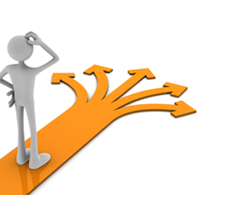
Amplifier wattage should match loudspeaker wattage
Usually you can double the wattage of the power amplifier to prevent clipping.
But if you’re going to be playing loud, invest in a good stereo compressor to go across the output of the mixer to prevent huge spikes from blowing the loudspeakers.
Guitar amps and speakers: 4 ohms, 8 ohms, or 16 ohms; is one impedance better than the others?
Impedance is simply the working load the speakers put across the amplifier’s output terminals. Maximum safe power transfer occurs when the amplifier is correctly matched to the speaker load.
On stage, multiple loudspeakers can provide more output compared to a single speaker, and also provide increased power handling, but these factors aren’t all that important in the studio.
Many of the big groups use a little 15-watt amp with a single speaker to record.
Loudspeakers can be wired in many different combinations so that is why many amplifiers have impedance switches on the back of the head.
Which impedance is best? Any of them will work fine as long as the head impedance is set correctly – it depends on the loudspeaker configuration you’re using.
Electric bass – how low does it really go?
The main output of a bass E string is primarily around 84 Hz, not the 42 Hz most bass players imagine.
The reason is simple; the string length is too short to produce much fundamental. Yes, it produces some 42Hz, but most of the sound is an octave above that.
Which brings up the next question; how do you get more bass out of a system? It’s very simple – you need to move more air.
Low bass must move more air, so the answer is more power (to make the speakers you have move further), more speakers (so that each speaker doesn’t have to move as much), or a more efficient ported or horn-loaded cabinet (so that the port and/or horn adds more air motion).
Harvey Gerst is a long-time recording engineer and owner of Indian Trail Studios in Texas.
